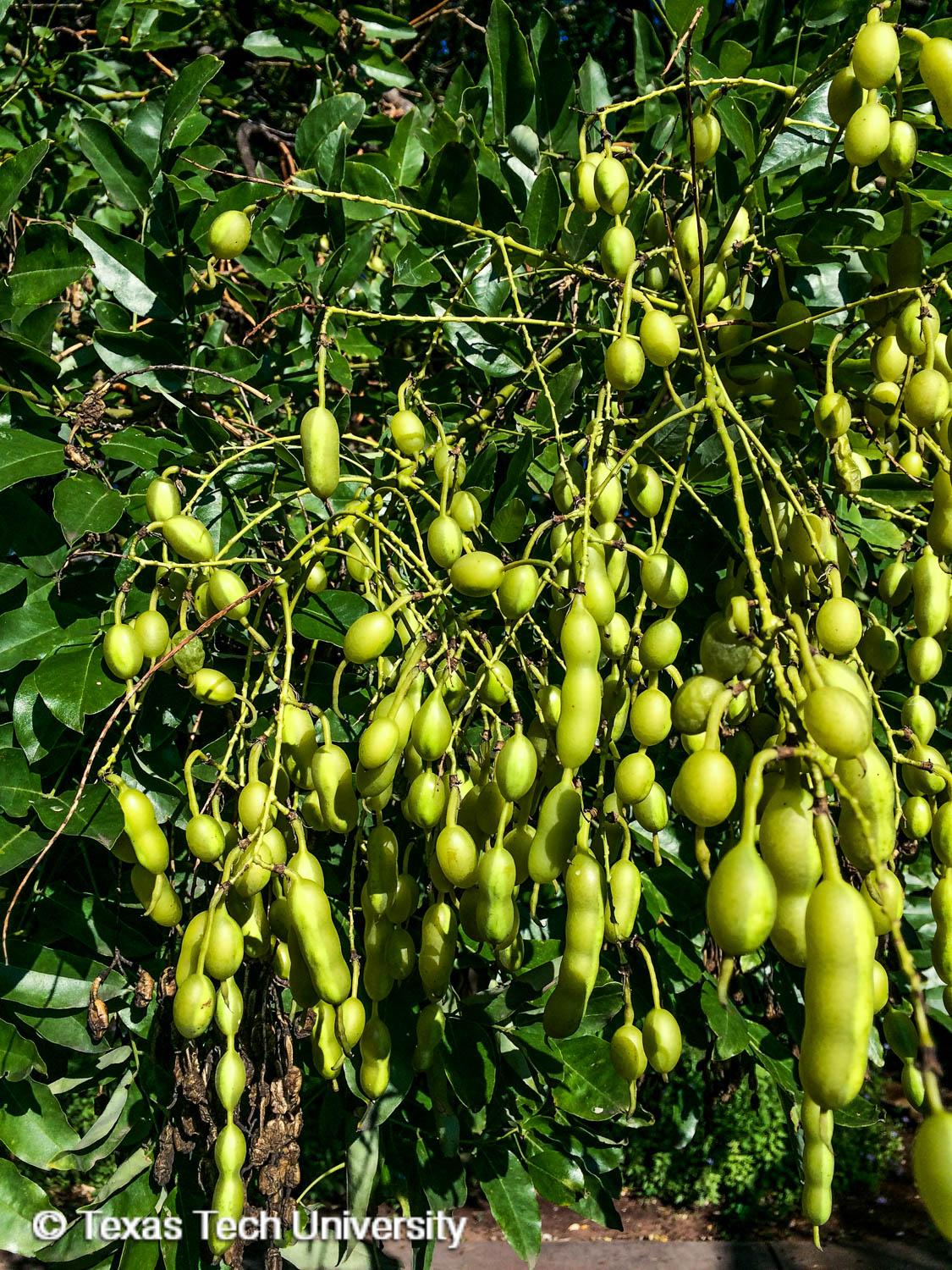japanese pagoda tree edible
Despite its name the Japanese pagoda tree is native to China and was introduced to Japan where it is commonly found on the grounds of Buddhist temples. Japanese Pagoda Japanese pagoda is a large deciduous tree native to China It is an upright forming a lacy canopy of dark green pinnate leaves.

Reforestation And The Medicinal Uses Of Trees Liliana Usvat Research Japanese Pagoda Tree Sophora Japonica Nitrogen Fixing Trees Medicinal Uses
Sophora japonica commonly called Japanese pagoda tree or Chinese scholar tree is native to China and Korea but not Japan.

. An edible starch is obtained from the seed 183. A tea can be made from the young leaves and flowers 183. Japanese Pagoda Tree Has drought tolerance.
A clusters of creamy white-green fragrant flowers appear in summer. Sadly it loses some of its grace in all of that beefiness but we still like it. Ad Browse discover thousands of brands.
The leaves are a rich source of rutin they contain much more than the usual commercial source buckwheat Fagopyrum esculentum 174. Hermaphrodite Has growth rate. It is a medium to large deciduous tree that typically matures to 50-75 less frequently to 100 tall with a broad rounded crown.
The leaves are a rich source of rutin they contain much more than the usual commercial source buckwheat Fagopyrum esculentum 174. A tendency common between trees bred for aesthetic enjoyment. However when grown along the road in compact soil it only grows to 30.
A Japanese pagoda tree in bloom along Route 112 in Coram. It is a fast growing tree of 2 to 3 feetyear that is similar to the American Black Locust. Is Japanese pagoda tree edible.
Seed pods appear in the summertime which can cause serious litter on the ground. In addition to landscaping the pagoda tree s flowers have medicinal qualities. The fruits mature in autumn and often continue to hang down in the winter.
While some parts of the pagoda tree are edible the peas are toxic and should not be consumed. A tendency common between trees bred for aesthetic enjoyment. The tree in question was a Japanese pagoda tree.
Tolerant Has edible part. An edible starch is obtained from the seed 183. The fruit of the pagoda tree is a yellowish bean-shaped pod narrow between seeds like a string of beads.
While some parts of the pagoda tree are edible the peas are toxic and should not be consumed. Styphnolobium japonicum commonly called Japanese pagoda tree or Chinese scholar tree is native to China and Korea but not Japan. Perennial Has material part.
While some parts of the pagoda tree are edible the peas are toxic and should not be consumed. 50-75 Feet Mature Spread. This Japanese or Chinese Pagodatree or Scholar-tree is actually native to China and Korea.
So what was this beautiful tree. Leaves are bright to medium green in summer. Fluffy pyramidal panicles or clusters of creamy white-green fragrant.
Japanese pagoda tree Styphnolobium japonicum also called Chinese scholar tree tree of the pea family Fabaceae. Most flowering trees bloom in spring bringing a profusion of color to that season. It is an upright broad-spreading tree that grows as wide as it does tall forming a lacy canopy of dark green pinnate leaves.
It has a rapid growth rate and tolerates city conditions heat and drought. 4-7 Mature Height. Japanese pagoda also known as Styphnolobium japonicum is a large deciduous tree native to China but cultivated in Japan for hundreds of years.
Styrax japonicus Emerald Pagoda Everything about Emerald Pagoda is bigger than the species. In addition to landscaping the pagoda tree s flowers have medicinal qualities. Each pod produces between 1 and 6 brown beanlike seeds.
Green color holds until late fall and a little fall color develops. Drought Has flowers of type. A tea can be made from the young leaves and flowers 183.
When grown in a yard the Chinese Pagoda Tree can reach a height of 50-75 ft. It is a medium to large deciduous tree that typically matures to 50-75 less frequently to 100 tall with a broad rounded crown. The edible effects of Japanese Pagoda Tree Japanese Pagoda Trees Styphonlobium japonicum can cool blood and stop bleeding clear liver decrease internal heat anti-inflammatory anti-edema anti-ulcer lower blood pressure and other effects.
The ovaries before the flowers open contain up to 40 rutin 218. 5 Has lifecycle type. Some are followed by edible fruit others by seed pods.
Tolerates drought no Tolerates high humidity no Tolerates seaside conditions no Insect resistant no Disease resistant no Deer resistant no Best uses Symbiosis Attracts butterflies no Attracts hummingbirds no Autumn foliage no Colorful berries no Desirable qualities Other interest Other interest color. Fluffy pyramidal panicles or clusters of creamy white-green fragrant. The wood of pagoda tree is weak.
Japanese Pagoda Tree is upright-spreading with a broadly rounded crown at maturity. It is generally cultivated for its attractive compound foliage and fragrant late. Flowers Leaves and Seed Has edible use.
Some especially those grown for their showy flowers are sterile. Tea Eat and Starch Has environmental tolerance. Vigorous Has hardiness zone.
Read customer reviews find best sellers. Japanese pagoda also known as Styphnolobium japonicum is a large deciduous tree native to China but cultivated in Japan for hundreds of years. The plant is important in traditional medicine and its leaves and flowers are edible.
Address Texas Tech University Department of Plant and Soil Science Box 42122 Lubbock TX 79409 Phone 8067422838. FABACEAE Japanese pagoda tree. The alternate leaves are 6 to 10 inches long with 7 to 17 opposite leaflets that.
It is an upright broad-spreading tree that grows as wide as it does tall forming a lacy canopy of dark green pinnate leaves. The wood of pagoda tree is weak. Fruits make very slippery ground when they fall.
The ovaries before the flowers open contain up to 40 rutin 218. Buy Japanese Pagoda Tree online. The Japanese pagoda tree s use as an ornamental or street tree is due to its ability to withstand urban pollutants and both acidic and alkaline soils.
Pagoda-tree is a small to medium-sized deciduous perennial round-headed tree that normally grows about 65 ft. Seeds Flowers and Stem Has material use. Is Japanese pagoda tree fruit edible.
Bigger white flowers thicker stems fatter leaves faster more upright growth.
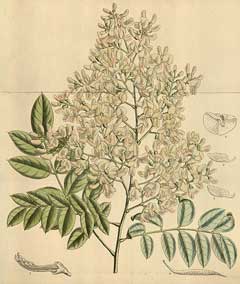
Sophora Japonica Japanese Pagoda Tree Scholar Tree Pfaf Plant Database

Reforestation And The Medicinal Uses Of Trees Liliana Usvat Research Japanese Pagoda Tree Sophora Japonica Nitrogen Fixing Trees Medicinal Uses

Styphnolobium Japonicum Chinese Scholar Tree Japanese Pagoda Japanese Pagoda Tree Scholar Tree North Carolina Extension Gardener Plant Toolbox
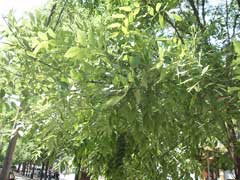
Sophora Japonica Japanese Pagoda Tree Scholar Tree Pfaf Plant Database

What Is Sophora Japonica Learn About Japanese Pagoda Tree Care
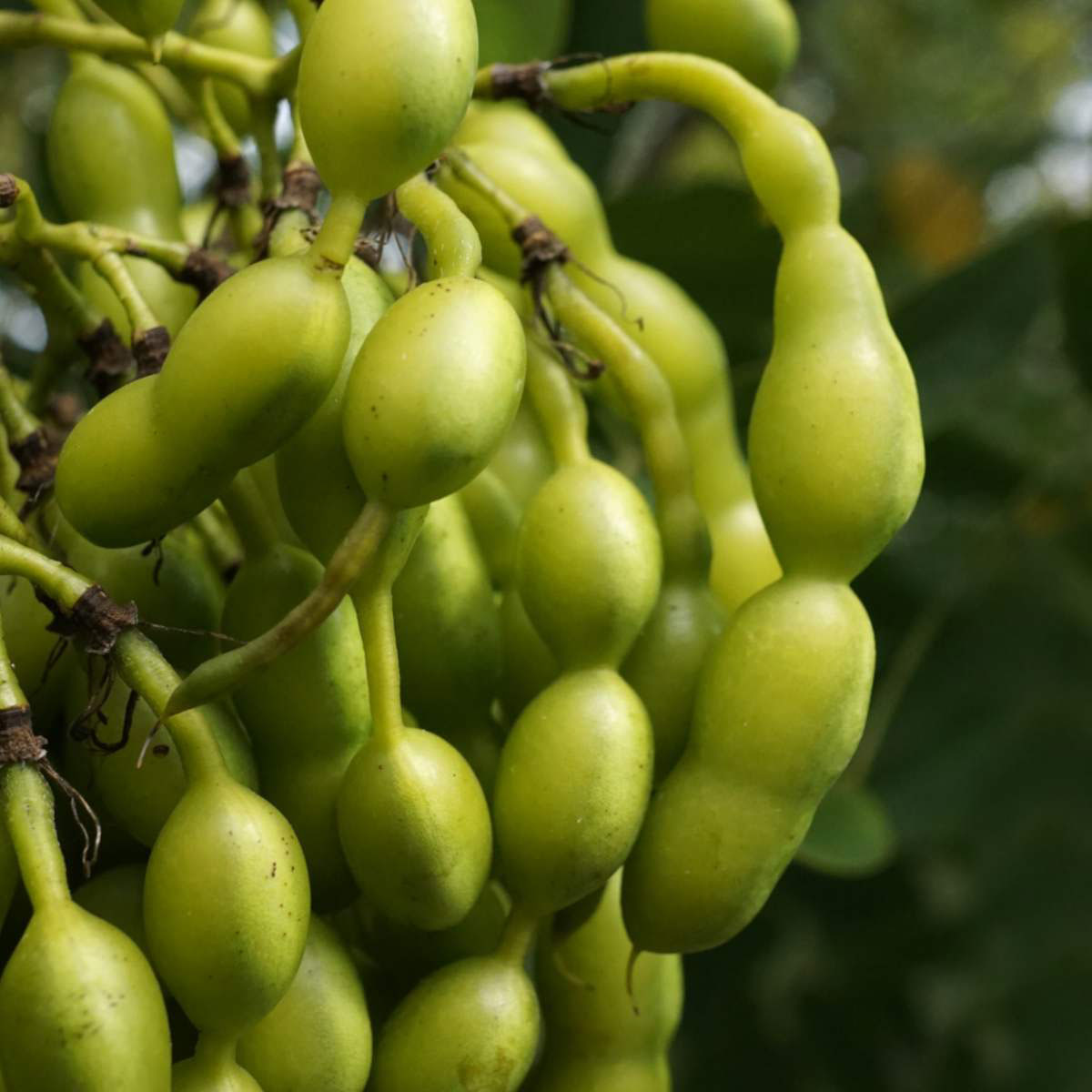
Pagoda Tree Facts And Health Benefits

Reforestation And The Medicinal Uses Of Trees Liliana Usvat Research Japanese Pagoda Tree Sophora Japonica Nitrogen Fixing Trees Medicinal Uses
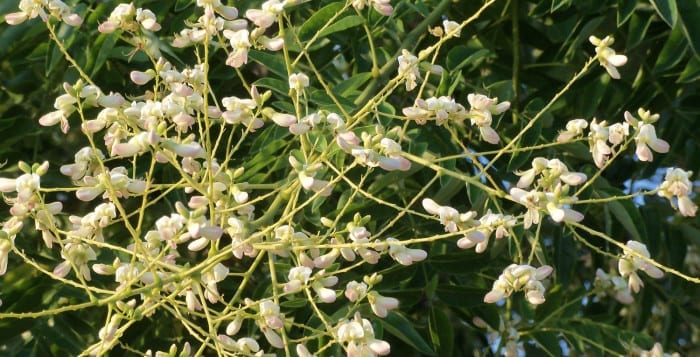
The Japanese Pagoda A Late Summer Flowering Tree Tbr News Media

The Japanese Pagoda A Late Summer Flowering Tree Tbr News Media
Japanese Pagoda Tree Becoming Popular In U S Cities What Grows There Hugh Conlon Horticulturalist Professor Lecturer And Gardener
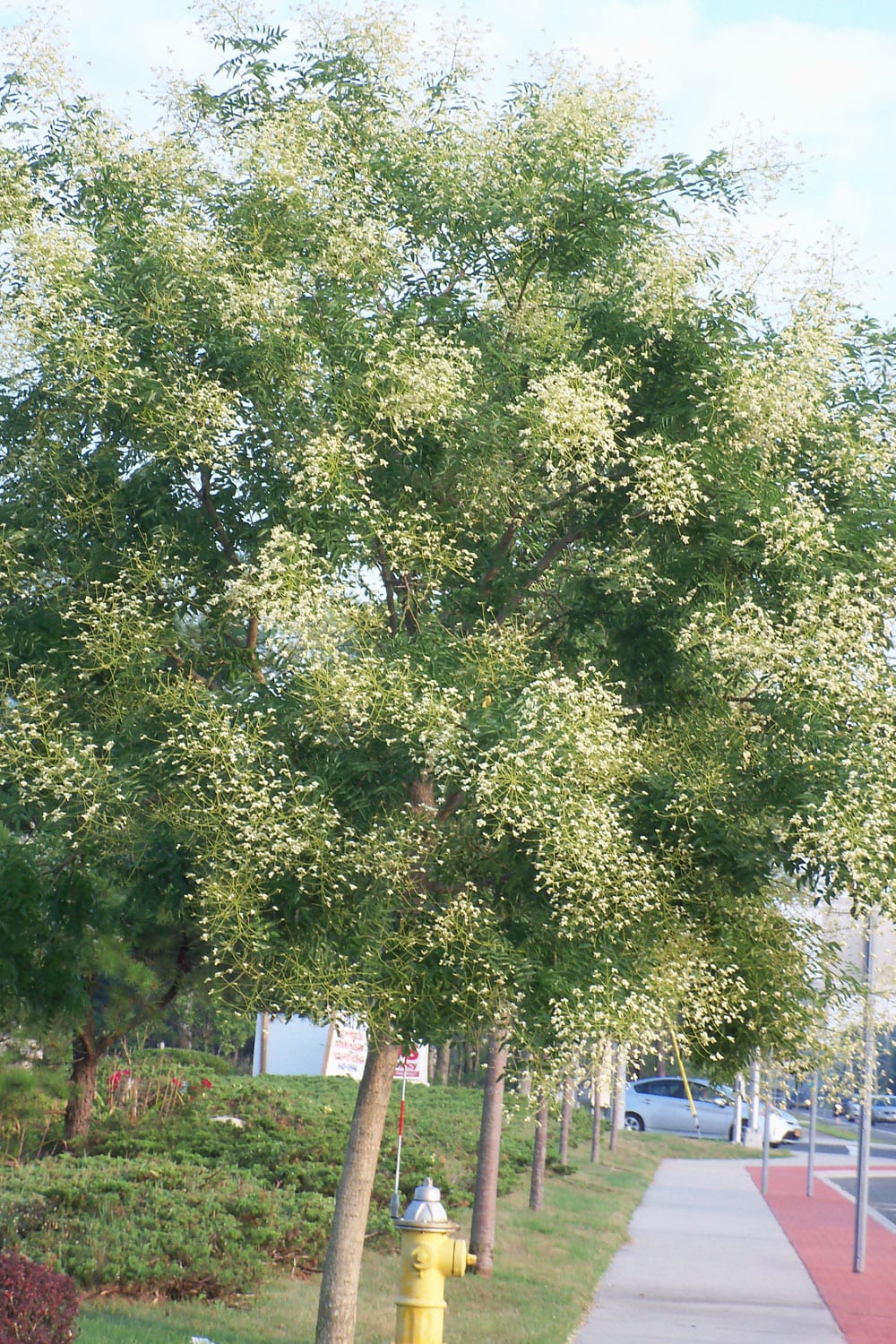
The Japanese Pagoda A Late Summer Flowering Tree Tbr News Media
Japanese Pagoda Tree Becoming Popular In U S Cities What Grows There Hugh Conlon Horticulturalist Professor Lecturer And Gardener
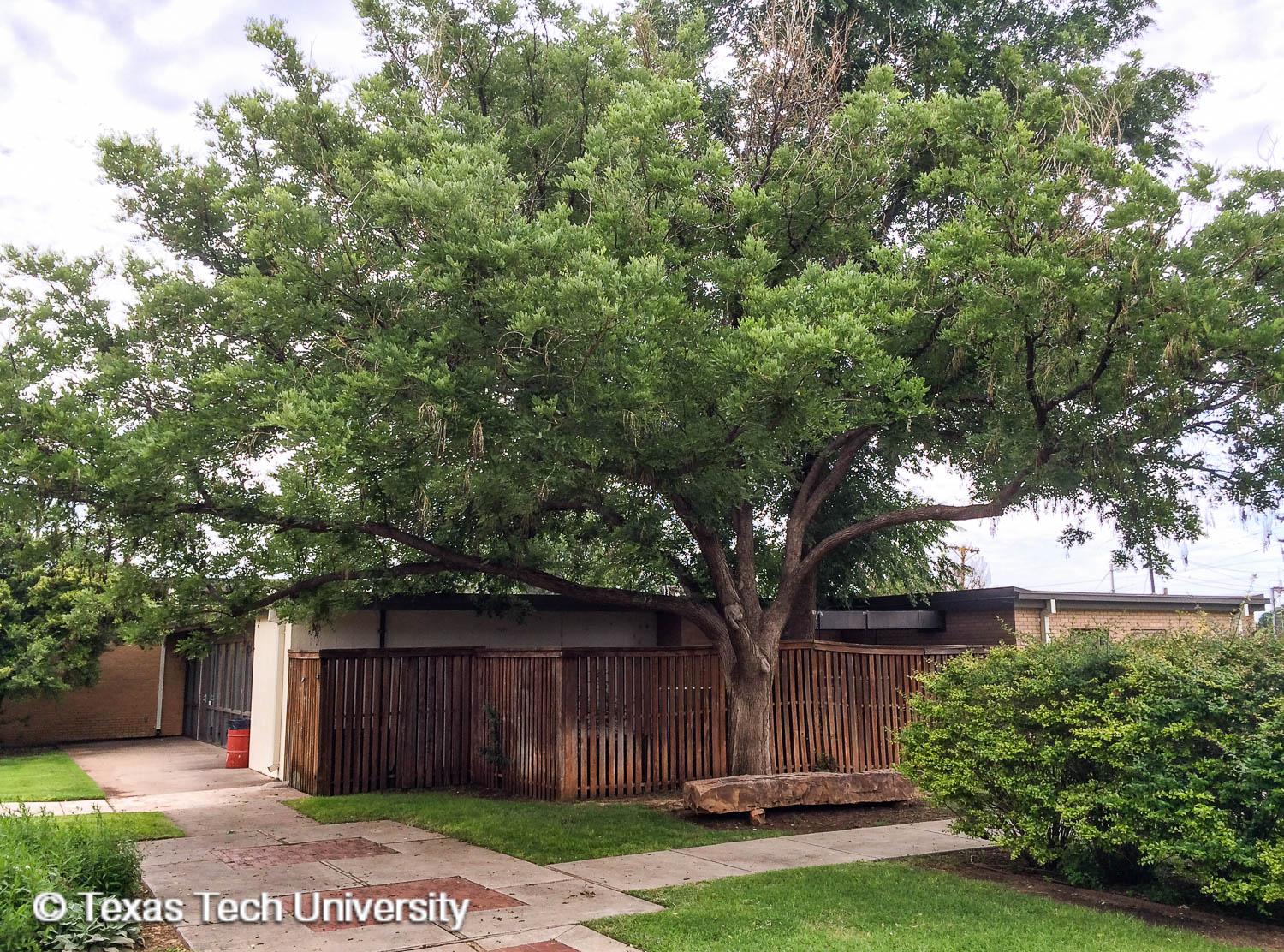
Japanese Pagoda Tree Plant Resources Home Ttu
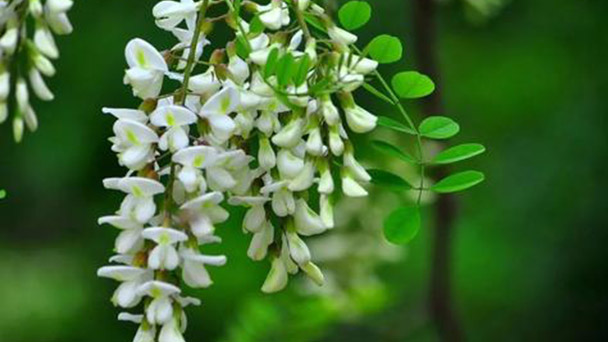
Japanese Pagoda Tree Profile Rayagarden

Plants We Love Japanese Pagoda Tree Horticulture
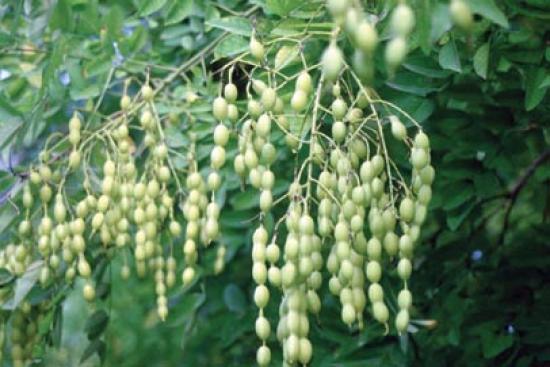
Japanese Pagoda Tree Scholar Tree Yale Nature Walk

